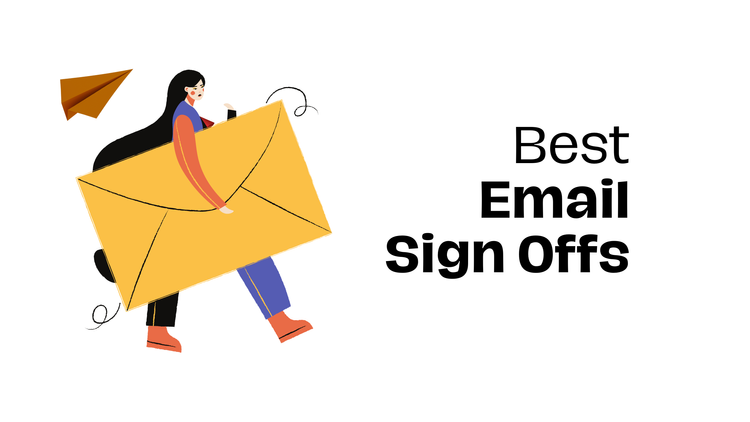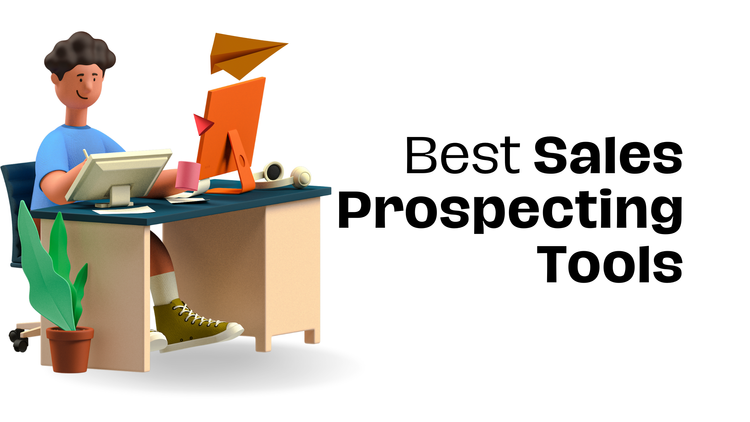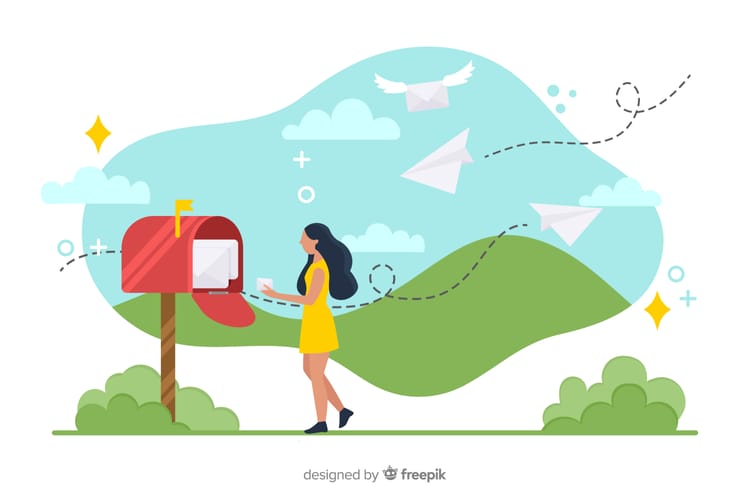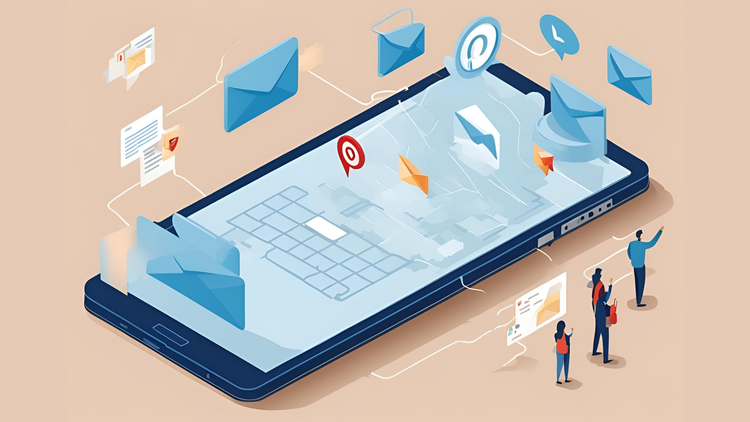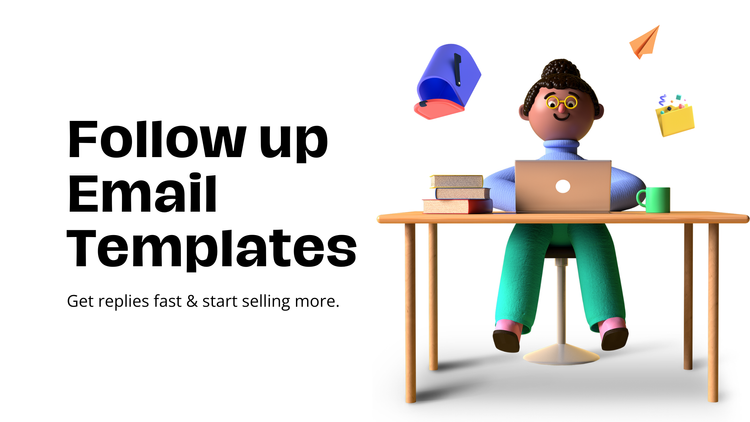8 SaaS Email Marketing Strategies That Drive Conversions
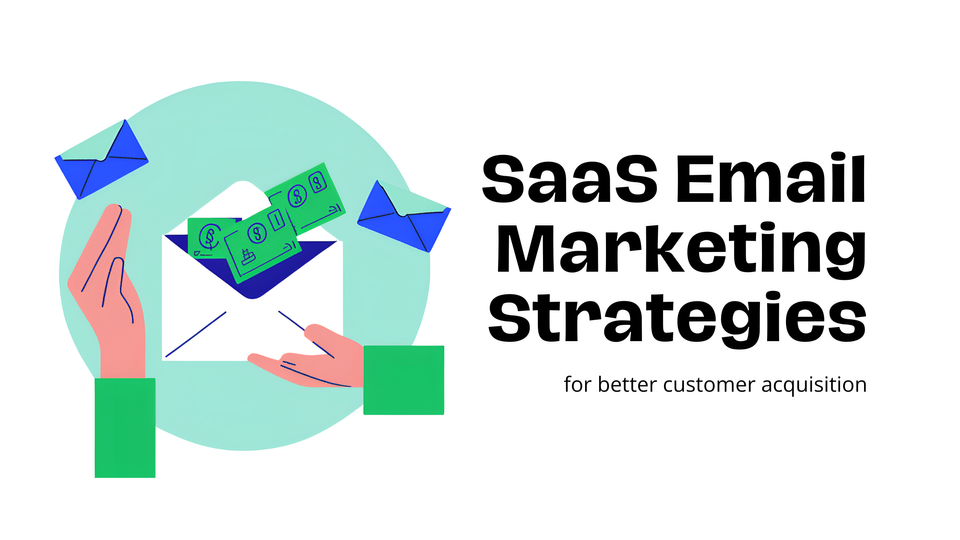
SaaS email marketing strategies can make or break your growth, but not every approach works in today’s crowded market. According to Statista, there are thousands of SaaS companies worldwide—about 9,500 in the U.S. and 1,500 in the UK alone. With that much competition, standing out in inboxes is more critical than ever.
Email is one of the most effective ways to convert leads into paying customers, but only if you’re doing it right. This guide breaks down 8 proven strategies that help SaaS businesses get real engagement—not just opens and clicks, but actual conversions. No fluff, no gimmicks—just what works.
Why is email marketing important for SaaS?
Before we get into the strategies, we thought we’d address why email marketing is so important for SaaS businesses. Here are some of the top benefits:
Boosts multichannel strategy
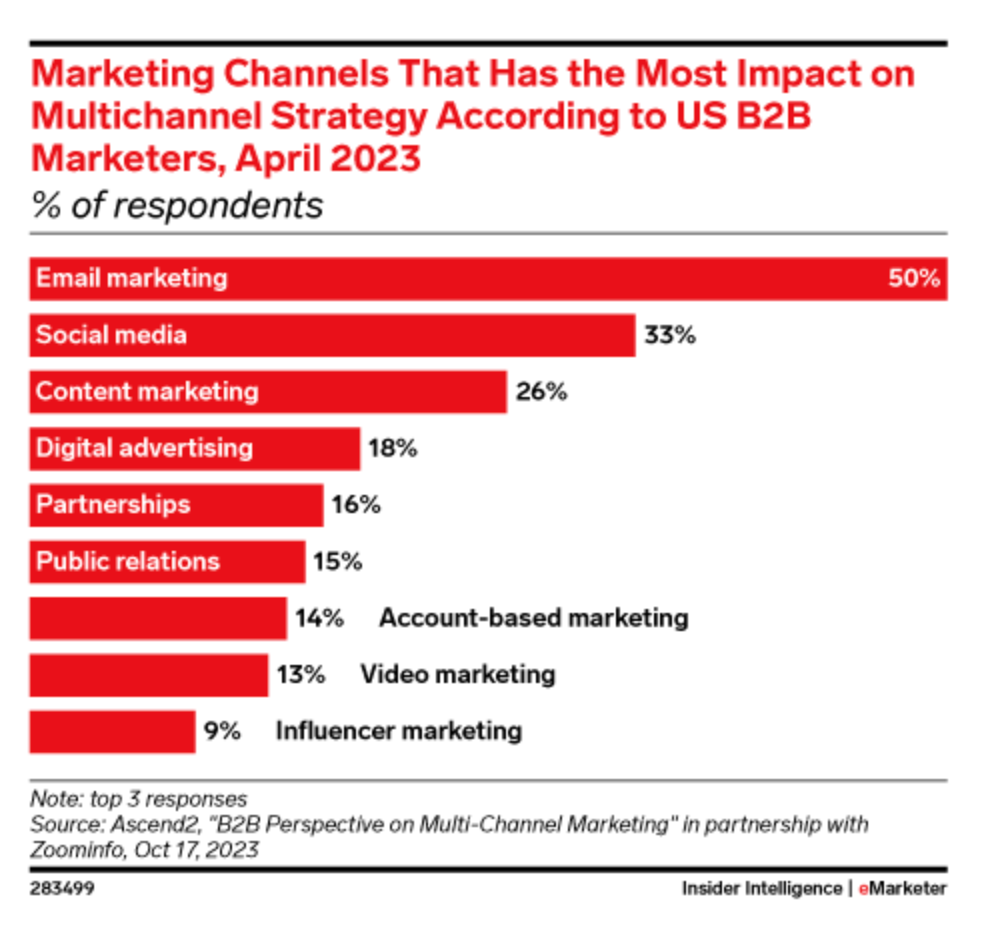
Many B2B marketers believe that email marketing is the star player in their multichannel strategy, yielding the best results from all their other techniques.
In fact, 50% stated that email marketing had the most impact, outperforming social media at 33% and content marketing at 26%. So, you need to incorporate it into your marketing strategy if you haven't already.
Direct engagement
When it comes to connecting with your audience, email marketing offers a direct line of communication.
You're not just posting content and hoping someone sees it – you're landing right in their inbox. With personalized messages and targeted campaigns, you can engage your audience on a one-to-one level, building relationships and driving conversions.
High return on investment (ROI)
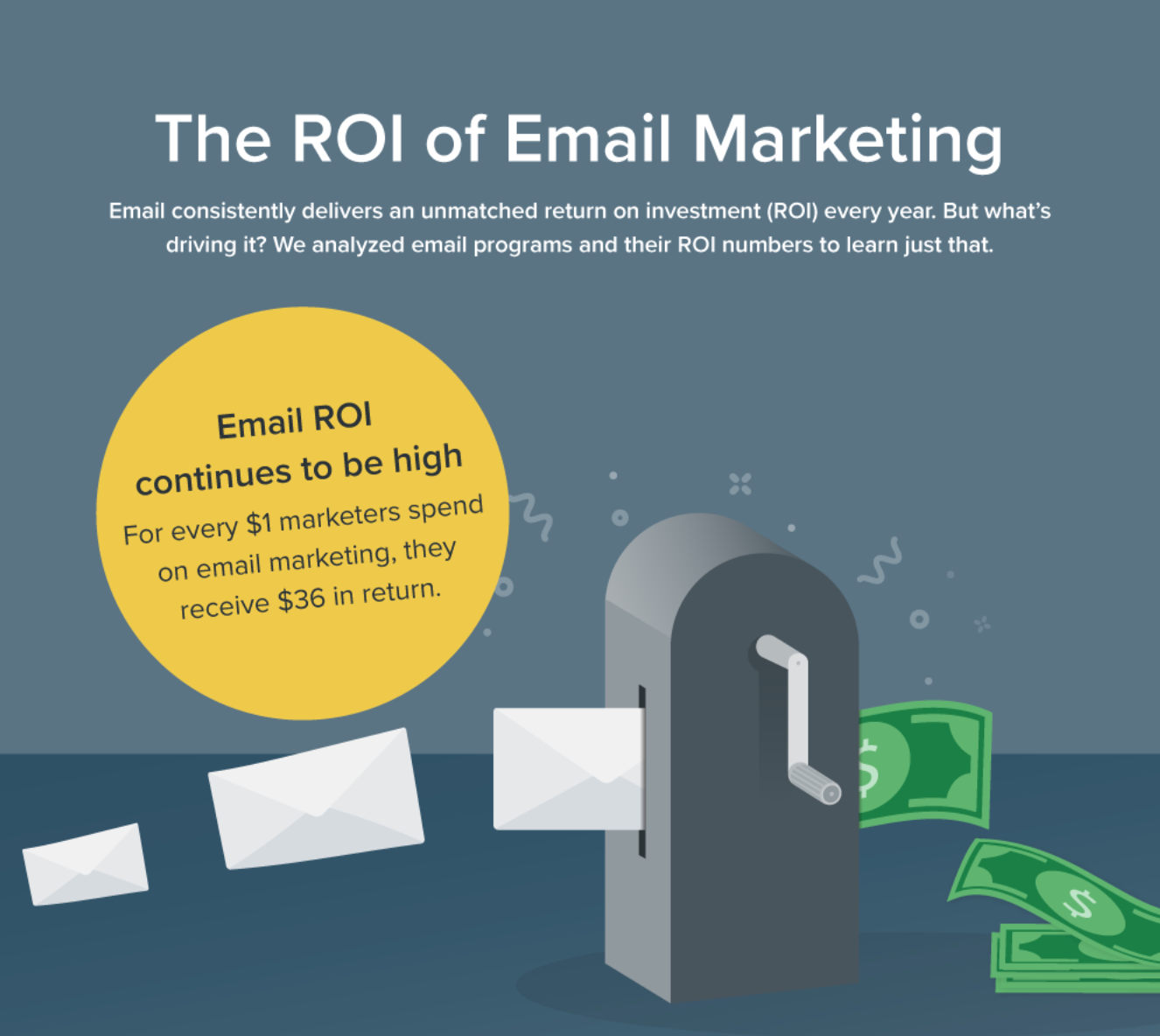
At the end of the day, the success of your marketing comes down to one thing: money.
8 SaaS email marketing strategies for better customer acquisition
We’ve discussed how great email marketing is for your SaaS company. Now, it’s time to learn everything you can about these winning email marketing strategies for customer acquisition.
Identify ideal customer profiles (ICPs)
Who are your ideal customers? That’s the first question you should ask yourself before launching any email marketing campaigns.
Understanding your ideal customer profiles (ICPs) will help you create the extremely personalized and tailored messages your customers so badly want (and even expect).
Use your CRM software or, even better, an ERP cloud system that integrates your CRM data to examine your current and existing customer base to try and identify any patterns and characteristics shared by your most loyal and valuable customers.
You should look into demographics, user behavior, and preferences to create detailed buyer personas that represent different segments of your target audience. If you’re using an ERP system, you’ll also be able to analyze your financial, inventory, and purchase data to identify high-spending customers and purchasing trends.
Once you know what type of customers you’re looking for, you can use email lead generation and data enrichment tools to find new, verified customers that fit your ideal customer profile.
Craft value-oriented email content
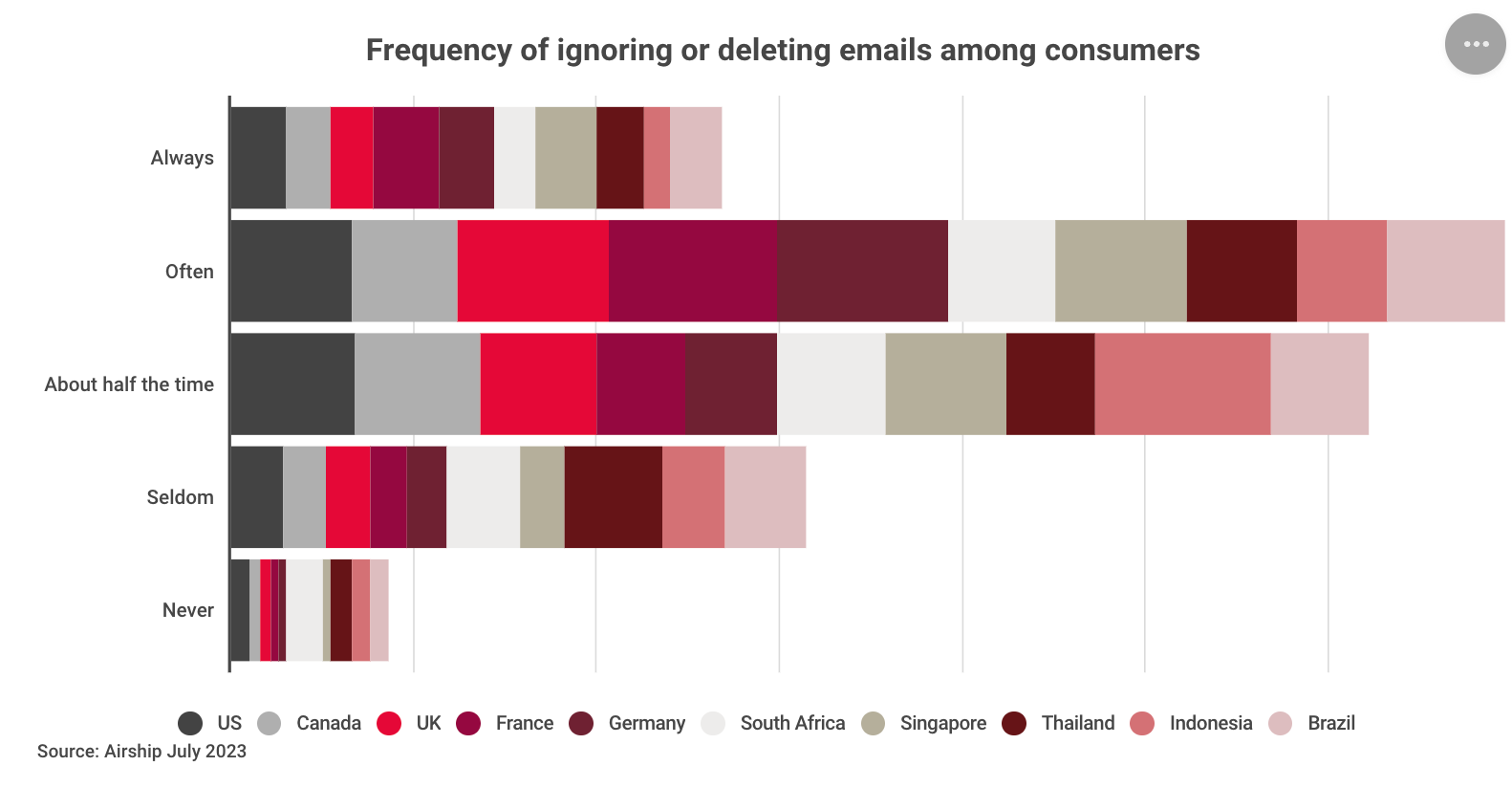
Your content must add value to your customers. If you miss the mark here, you’ll sadly miss the mark on grabbing their attention. It's important that you put out content that truly resonates and engages your customers, and here's how:
- Provide solutions: Offer practical solutions to your audience's problems. Whether it's helpful tips, insider knowledge, or exclusive offers, give them something they can use.
- Exclusive deals: Everybody loves a good deal. Use your promotional emails to offer exclusive discounts that your email subscribers won't find anywhere else.
- Educate and entertain: Mix things up with entertaining, informative, and educational content. Keep it light, keep it engaging, and keep them coming back for more. This includes your subject lines, as well as the content in your email sequence.
Check out our email copywriting tips guide for more helpful information on crafting copy that converts and attracts more leads.
Personalization at scale
Email personalization at scale is all about delivering tailored experiences to every customer at every stage of their journey, at scale. Much of this has become possible with AI and automation tools. They have helped businesses to personalize transactional emails and create engaging outreach emails seamlessly.
By sending personalized emails, you’ll simultaneously capture more attention and create content that adds value for your customers. This is particularly true if you include subscription offers, switching bonuses, free trials, and product recommendations tailored to individual customers, giving them a personalized and enticing online purchasing experience.
Tailor your strategy to SaaS lifecycle stages
No two customers are the same. They're all on different journeys. So, you will want to recognize and respect these differences and tailor your email marketing strategy to meet their needs.
Your customers can be at any of the below 6 stages of their entire customer journey. And depending on where they’re at, your emails should be as follows:
- Awareness: At this stage, customers are just discovering your product or service. Your emails should introduce them to your solution and highlight its key benefits.
- Consideration: Customers in this stage are evaluating their options. Provide them with detailed information, customer success stories, and testimonials to help them understand why your solution is the best choice.
- Conversion: This is the stage where customers make the decision to purchase or sign up. Use persuasive language and compelling offers in your sales emails to encourage them to take action.
- Onboarding: Once customers have converted, providing a seamless onboarding experience is crucial. Email them helpful guides, tutorials, and tips to ensure they get the most out of your product updates or service.
- Engagement: Keep customers engaged with your brand by sending them relevant content, updates, and special offers. Personalize your emails based on their behavior and preferences to maximize engagement.
- Advocacy: Satisfied customers can become valuable advocates for your brand. Encourage them to share their experiences with others through email marketing campaigns and referral programs.
These 6 stages can be a great initial guide for thinking about customer lifecycle stages, but if you want to tailor your marketing strategy to your SaaS lifecycle, then you need to also leverage your own data.
If you’re using an ERP system or business management software, then you’ll be able to draw upon key data points from across your business to build out your unique business and customer lifecycle stages. This will increase the efficiency of your email marketing strategy as you can more accurately pinpoint and target customers as they move through each stage.
Implement cross-channel integration
Imagine you send out an email announcing a special offer. Now, that same offer pops up on your customer's social media feed or when they visit your website. It's all about keeping your message clear and consistent, no matter where your customers are online.
But here's where the real magic happens. When you integrate your channels effectively, you're not just making life easier for your customers, you're also supercharging your marketing game. By syncing up your emails with your social posts or tailoring email messages for website visitors, you're increasing your chances of catching their eye and getting them to take action.
Use automation to reduce user churn
With automation via an email marketing platform, you can set up smart systems that automatically reach out to customers at the right time with the right message. This stops them from slipping away through the digital cracks.
For instance, say a customer hasn’t logged into your platform for a while. Instead of letting them drift away unnoticed, you can send them an email automatically. Integrate your email solution with your customer success software by setting up an automated flow that triggers based on certain churn precursors. This makes your customers feel valued and appreciated, and they’ll be more keen to stay with your company.
Automation doesn't just save you time and effort. It can also be incredibly effective at reducing churn. By identifying at-risk customers and proactively reaching out to re-engage them, you can turn potential churners into loyal customers and advocates for your brand.
Adhere to email compliance and ethics
You need to respect your customer's privacy and preferences. That's because your customers need to trust you. If you're adhering to email compliance and keeping their data safe, you're showing them just how committed you are to maintaining this trust.
So, be sure to follow email and data compliance regulations such as GDPR or CCPA and check that whatever tool or data you’re using also meets these standards.
In addition, to ensure that your emails continue to be helpful and are not regarded as spam, you’ll want to make it easy for customers to customize their email preferences and unsubscribe. While this may decrease your email marketing reach, it will also make sure that your customer mailing list is filled with enthusiastic and high-value customers.
Optimize your strategy with analytics and A/B testing
Optimizing your strategy with analytics and A/B testing shows you exactly what your customers want and how they respond to your campaigns.
With analytics, you can track key email marketing metrics, including open rates, click-through rates, and conversion rates, to gauge the effectiveness of your email campaigns. By analyzing this data, you can identify patterns and trends, understand your audience's behavior, and make informed decisions to improve your strategy.
Similarly, A/B testing allows you to experiment with different elements of your campaigns to see what resonates best with your audience. You can uncover insights about what drives engagement and conversions by testing variations of your email subject lines, content, CTAs, or design.
Final thoughts
So there you have it—our complete guide to SAAS email marketing, packed with winning strategies to kickstart your journey, from the planning and content to the subject lines.
From identifying ideal customer profiles to optimizing with analytics and personalizing at scale, these techniques are designed to help you connect with your audience, drive engagement, and, ultimately, grow your business. Good luck with your email marketing efforts!
FAQs: SaaS Email Marketing Strategies
What is the email strategy for SaaS?
A SaaS email strategy focuses on nurturing leads, retaining users, and maximizing conversions. It includes onboarding sequences, feature announcements, personalized engagement campaigns, and reactivation emails to keep users engaged and reduce churn.
What are the four Ps of marketing in SaaS?
The four Ps of SaaS marketing are Product, Price, Place, and Promotion. Unlike traditional models, SaaS marketing focuses on digital distribution, subscription-based pricing, and customer retention through continuous engagement.
What are the 5 T's of email marketing?
The 5 T’s of email marketing are Targeting, Tailoring, Timing, Testing, and Tracking. These principles help SaaS companies send relevant emails, optimize send times, A/B test content, and analyze performance to improve email engagement.
What are the 4 Ps of email marketing?
The 4 Ps of email marketing are Personalization, Permission, Performance, and Promotion. SaaS companies use these principles to send tailored messages, gain subscriber consent, track engagement metrics, and drive conversions through promotional emails.

